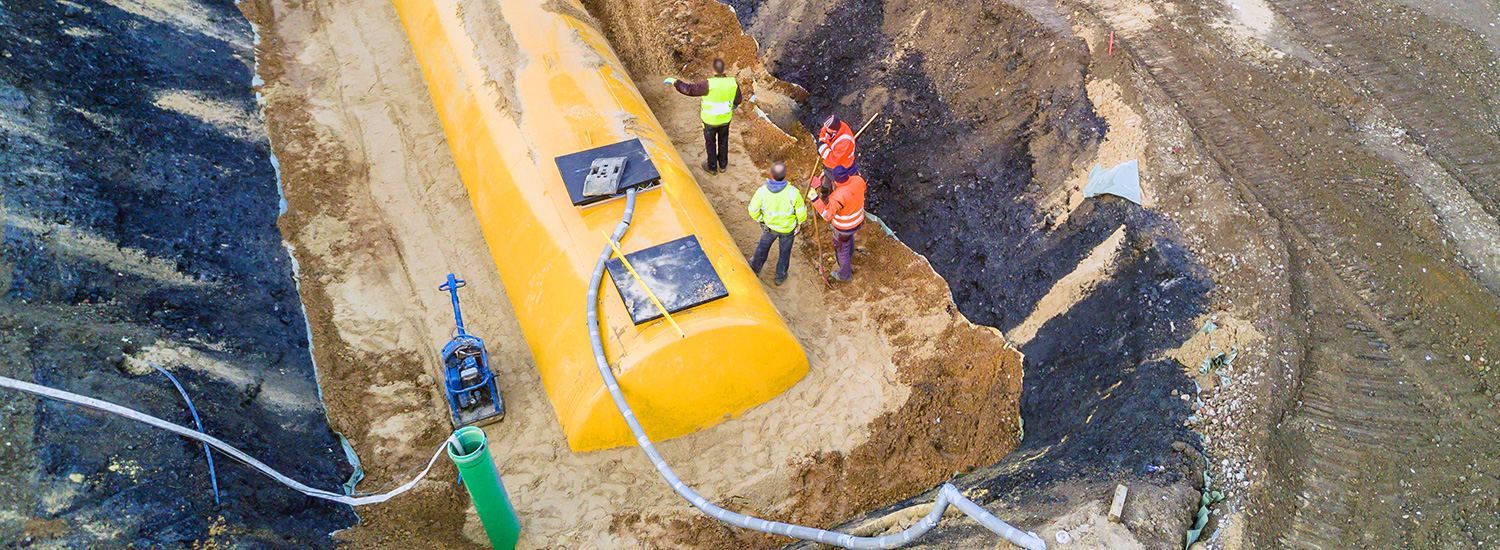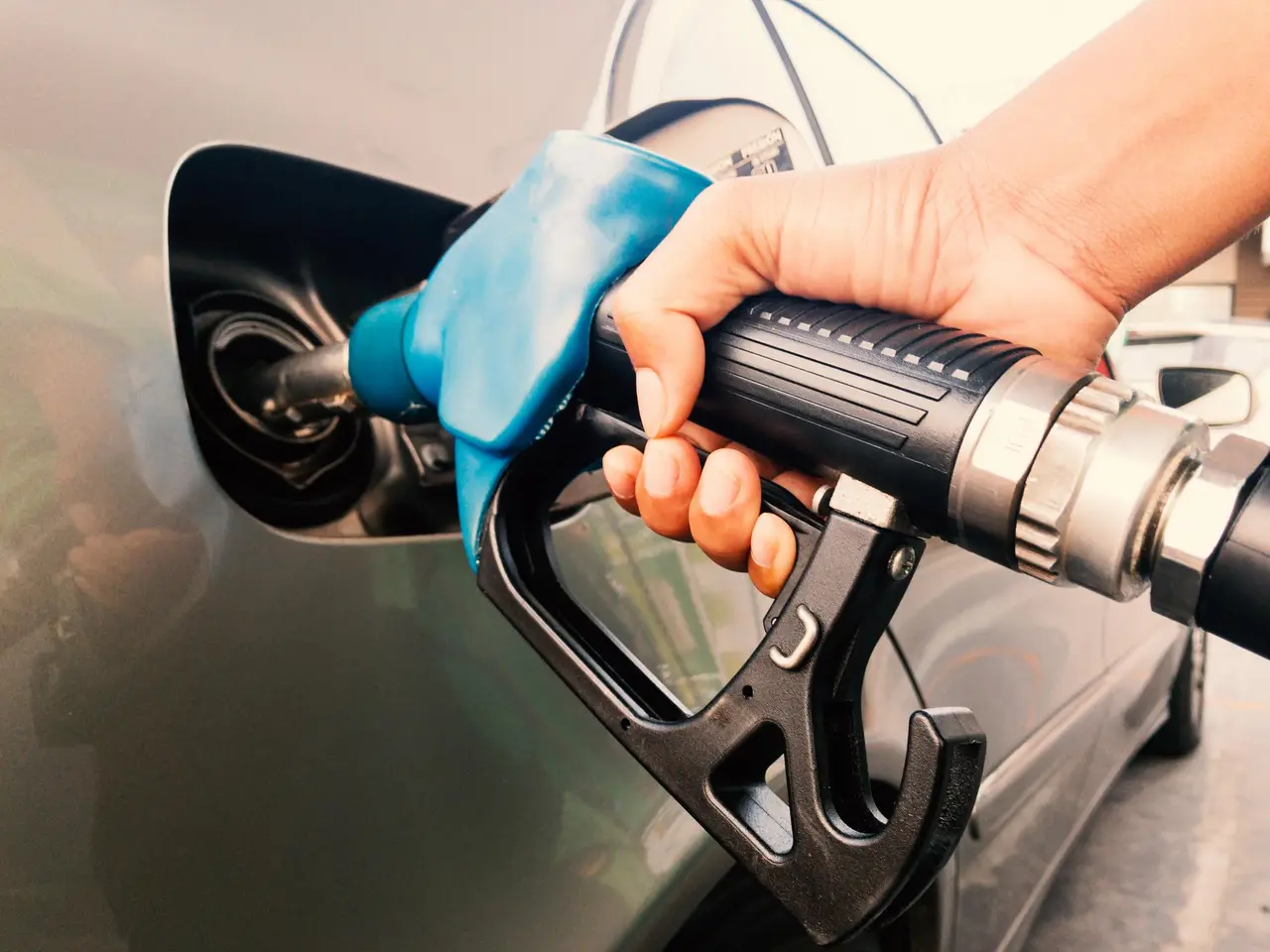
The Importance of Tank, Line, and Leak Detector Testing for Underground Storage Tanks
Underground storage tanks (USTs) play a critical role in storing various substances, from petroleum products to hazardous materials. However, without regular maintenance and testing, these tanks can pose a significant risk to the environment and surrounding communities.
Proper maintenance and testing of USTs are crucial to prevent catastrophic ecological disasters. Over time, underground storage tanks wear down due to corrosion, resulting in leaks and potential spills. These leaks can contaminate soil, groundwater, and nearby water sources, posing a severe threat to human health and the environment.
Tank Testing
Regular tank testing is essential to identify any structural weaknesses or signs of corrosion within the tank. This testing typically involves various methods, such as visual inspections, ultrasonic testing, or pressure testing, to determine the tank's integrity. By identifying weaknesses or potential leaks early on, immediate action can be taken to repair or replace the tank and prevent a potential disaster.
Line Testing
The integrity of the underground lines that connect the tank to other equipment or dispensers is equally important. Line testing involves integrity testing using methods such as hydrostatic testing, electronic line leak detection, or vacuum pressure testing. By ensuring that these lines are free from leaks, it minimizes the risk of spills and contamination.
Leak Detector Testing
Leak detectors are vital in identifying potential leaks before they become significant problems. Regular testing of leak detection systems, including automatic tank gauges, sensors, and alarms, is essential to ensure their effectiveness. Continuous monitoring and testing of these systems help catch any leaks or malfunctions early on, allowing for immediate action to prevent environmental damage.
The Role of Regulations
Regulations play a crucial role in ensuring the proper maintenance and testing of USTs. The United States Environmental Protection Agency (EPA) and various state agencies have established stringent regulations that govern the underground storage tank industry. These regulations mandate regular testing, record-keeping, and reporting to regulatory agencies to ensure compliance and prevent potential disasters.
Regulations help establish industry-wide standards for tank, line, and leak detector testing. These standards ensure that all UST owners and operators adhere to the same testing protocols, thus minimizing the risk of inadequate maintenance. By setting clear guidelines and expectations, regulators help create a level playing field and ensure the highest level of environmental protection.
Promoting Accountability
Regulations also promote accountability within the UST industry. By requiring regular testing and reporting, regulators can identify operators who fail to meet the necessary maintenance standards. This not only protects the environment but also holds responsible parties liable for any ecological disasters that occur due to negligence or non-compliance.
Industry Reputation and Public Trust
Stringent regulations help build public trust by demonstrating that the underground storage tank industry takes environmental protection seriously. By complying with these regulations, UST operators show that they are committed to preventing ecological disasters and safeguarding the communities in which they operate. This commitment enhances the industry's reputation and fosters public confidence.


